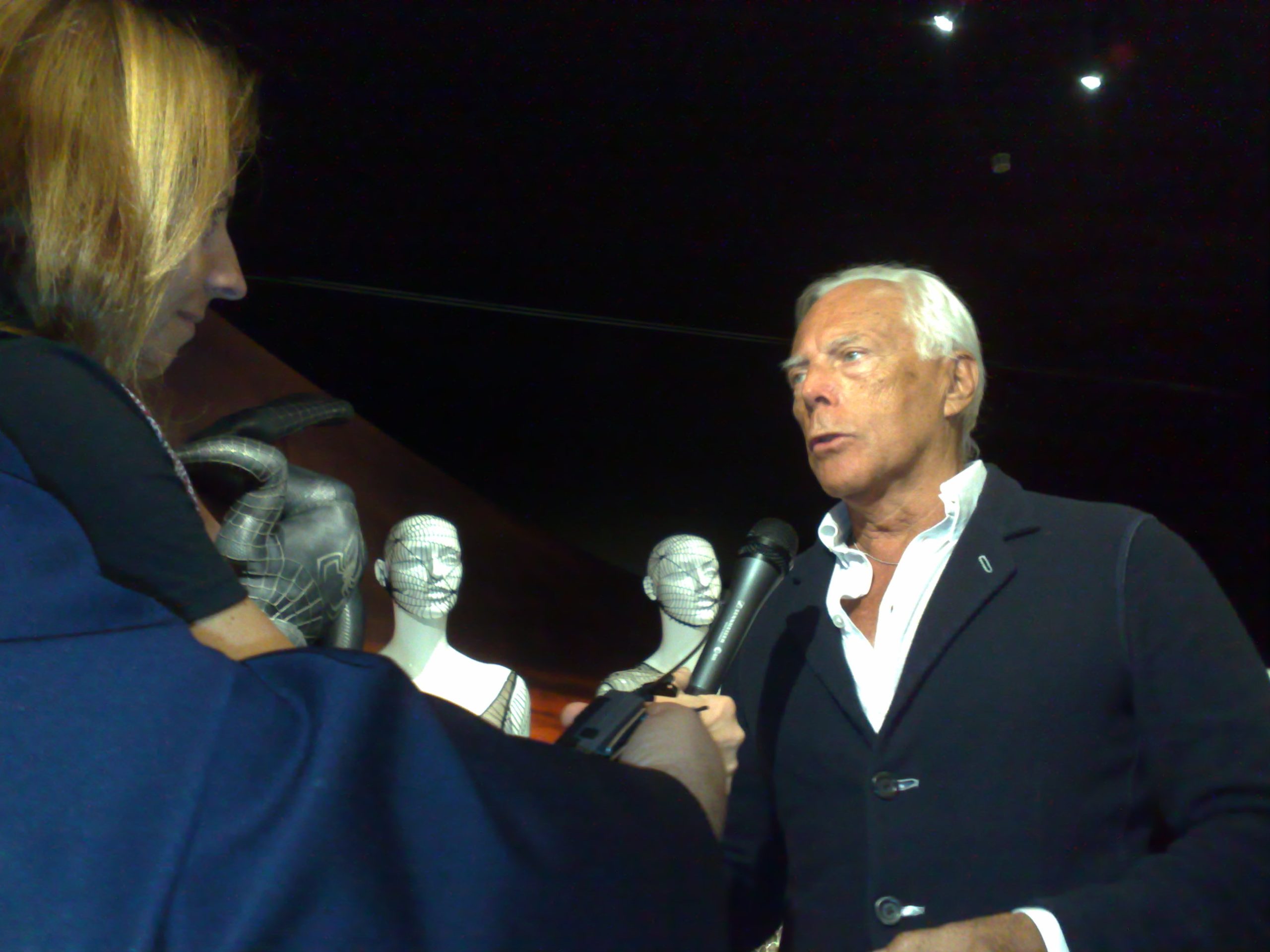A Tailoring Titan’s Tarnish
So much for “stealth wealth”—the sartorial elegance Giorgio Armani wove into fashion’s DNA is now shadowed by very unglamorous headlines. The legendary designer, just days before his passing, finds his brand embroiled in allegations of underpaying employees and unjust working conditions, splashed across the tabloids with the kind of irony only Hollywood-level drama could deliver.
Smoke Behind the Silk
Italian courts hit Giorgio Armani Operations spa with a one-year judicial receivership after uncovering exhausted, underpaid workers—some undocumented—living, eating, and laboring in factory conditions that even reality TV wouldn’t script. This isn’t a minor slip-up. It’s a scandal rolling off the runway and landing front and center in Ethics 101.
Just 4 Million Euros?
If the drama isn’t enough, the sting comes in a €3.5 million (around $4 million) fine for alleged unfair commercial practices. Regulators say Armani’s glossy “Made in Italy” claims and sustainability statements were about as clear as fogged glass—misleading and vague.
Supply Chain Couture: Dirty Secrets Behind the Labels
Investigators traced Armani production to Milan-area sweatshops where workers—mostly Chinese and Pakistani migrants—were paid peanuts while laboring dangerously long hours. Dangerous machines, no contracts, no medical help, and worst of all, no weekend breaks. Armani’s name was stitched right into the scandal.
These factories were clearly part of a broader expansion strategy—not some rogue operator running wild—but a system-level breakdown.
The PR Stitch-Up?
Look, Armani wasn’t running the sweatshop himself—GA Operations wasn’t directly under fire—but the court made it clear: ignorance isn’t luxury. Their oversight allegedly slipped, allowing abuses to persist unchecked. A PR elliptic turn, to say the least.
A Legacy in Conflict: The Fashion-Scandal Tango
Giorgio Armani passed away at 91 as his brand cemented its legacy of minimalist chic and independence. Reuters dubbed him “Re Giorgio,” an icon of Italian elegance and entrepreneurial precision, still shaping his empire till the end.
Yet, here’s the twist: right at the peak of his influence, Armani’s name faces scrutiny not for runway innovation but ethical erosion. The same hands that “deconstructed the suit” are now unpacking uncomfortable truths about luxury fashion’s production code.
What This Means for Luxe—and for Us
Luxury fashion is, at its core, a story about aspiration. Armani built that narrative with suits aligned to ambition. Now, if the story includes sweatshop labor, does that dull the shine? For the audience that loves celeb style, it’s a reminder: behind that red carpet, sweat—and not the glamorous kind—may still drip.
Closing Press Release (With Shade)
For decades, Giorgio Armani dressed Hollywood icons and boardroom power players with uncanny elegance. Now his empire faces a new narrative—one stitched with exploitation, oversight, and scandal. Will this alter the way the world sees luxury? It might just add a footnote to every “Made in Italy” tag. And remember—Hollywood loves a sequel, even when it’s a scandal.
